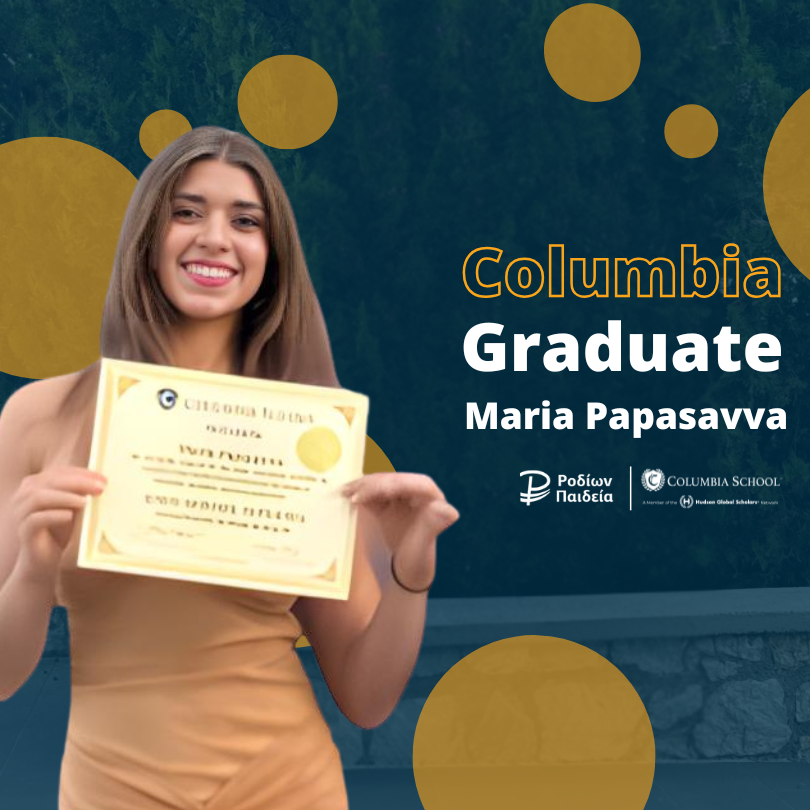How to Get into Medical School with a Columbia Online High School Diploma
The dream of becoming a doctor is an ambitious and noble one, and it begins long before applying to medical school. For students who have obtained a Columbia online high school diploma, there are clear pathways to medical school both in the United States and Europe. Here’s a comprehensive guide on how to navigate this journey.
Pathway to Medical School in the US
Step 1: High School Graduation
The journey begins with graduating from high school, and obtaining a Columbia online high school diploma is a significant first step. This program offers a rigorous education that lays a strong foundation for higher education.
Step 2: Undergraduate Education
In the United States, medical schools require applicants to complete a bachelor’s degree before they apply. Here’s how Dual Diploma graduates can achieve this:
- Enrollment in an Undergraduate Program: Dual Diploma graduates are eligible to apply to and enroll in undergraduate programs at partner schools.
- Completion of Prerequisite Courses: During their undergraduate studies, students need to complete specific prerequisite courses required by medical schools. These usually include subjects such as biology, chemistry, physics, and mathematics.
- Medical College Admission Test (MCAT): Students must also prepare for and take the MCAT, a standardized test that evaluates their readiness for medical school.
Step 3: Applying to Medical School
Once students have completed their undergraduate degree and necessary prerequisites, they can apply to medical schools. Admissions decisions are based on a combination of factors, including academic performance, MCAT scores, extracurricular activities, and personal statements.
Pathway to Medical School in the UK
Step 1: High School Completion with Specific Requirements
In the UK, students have the option to apply directly to medical school from high school, provided they meet the specific admission requirements. For Dual Diploma students, this involves:
- Combination of Local and Dual Diploma Courses: Students need to ensure their high school transcript includes the required courses. This may involve taking specific A-level or AP courses, depending on the medical school’s requirements.
- Meeting Performance Standards: High performance in these specified courses is essential for acceptance.
Step 2: Application and Admission
Students apply to UK medical schools through the centralized UCAS system. Each medical school has its criteria, which may include academic performance, entrance exams (such as the BMAT or UCAT), and interviews.
Recognition of the Columbia Online High School Diploma in the EU and the UK
EU and UK Universities
Recognition of the Columbia online high school diploma varies among universities. Some UK universities accept US diplomas and transcripts without additional requirements, while others may have additional prerequisites, such as:
- Specific Courses on Transcript: Some universities may require a specific number of AP courses or particular AP subjects.
- Proper Planning: With careful planning, students can meet these additional requirements through their dual diploma program and local high school courses.
Final Line
We have successfully enrolled students from various EU countries, including Spain, Italy, and France, in higher education programs. We are also excited to welcome students from Greece and Slovenia soon.
Graduating with a Columbia online high school diploma opens multiple pathways to medical school in both the US and Europe. With strategic planning and meeting the necessary requirements, students can position themselves for successful admission to medical schools. This journey is challenging but entirely achievable with dedication and the right preparation.
If you have any further questions or need additional information, feel free to reach out. Embark on your journey today with Columbia’s online high school diploma and take the first step towards a rewarding career in medicine.


.svg)
.png)



